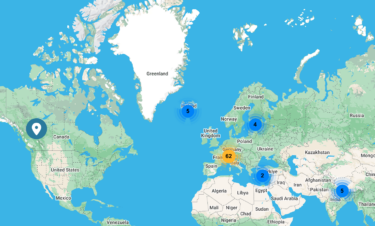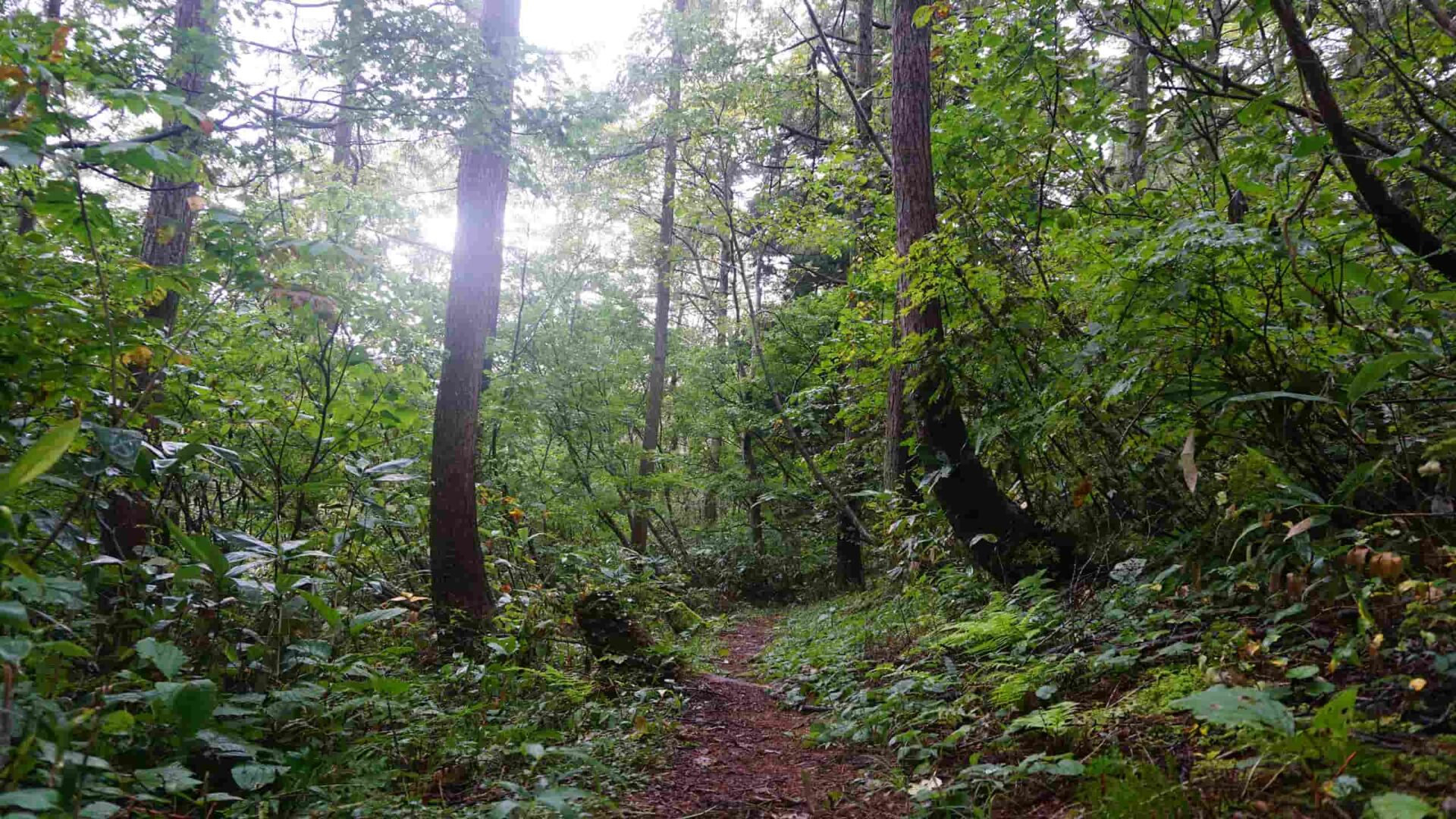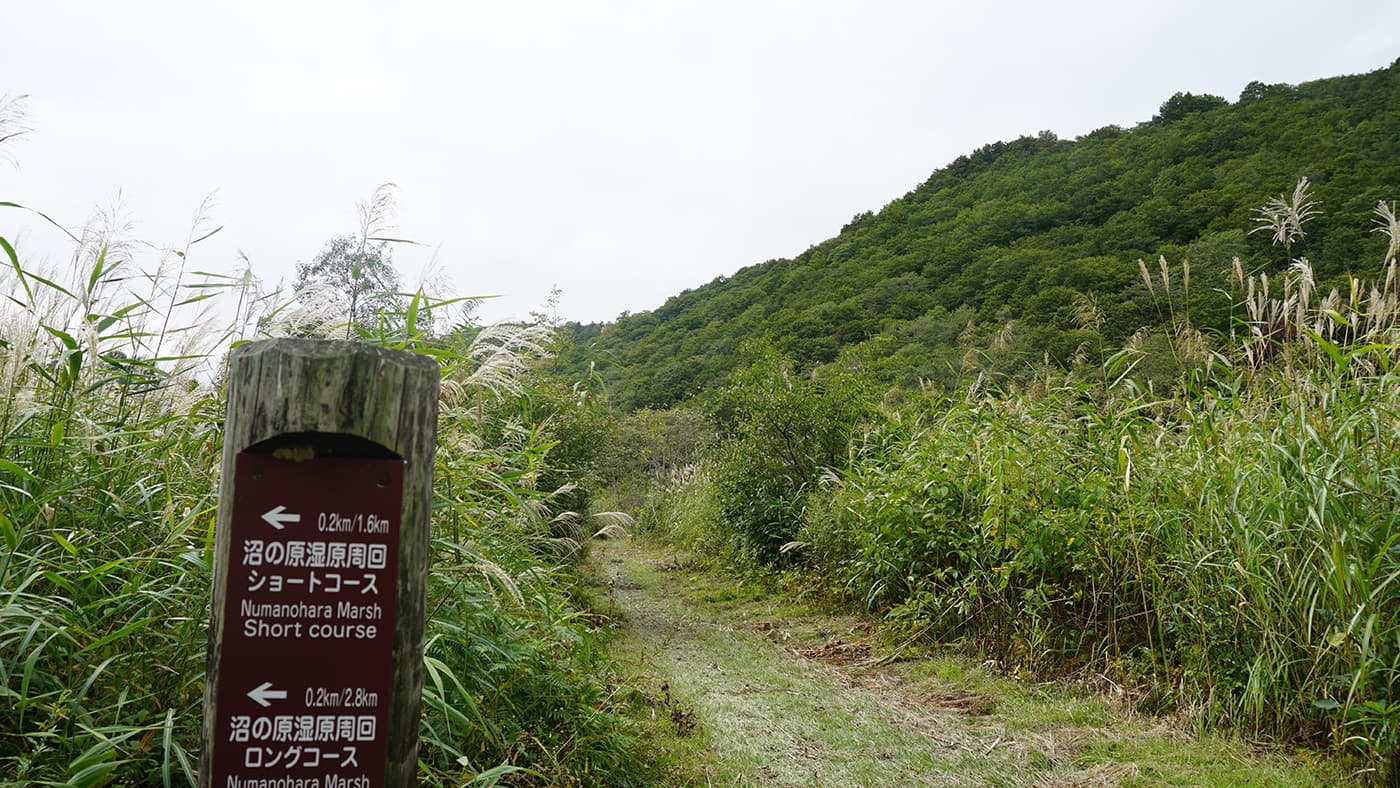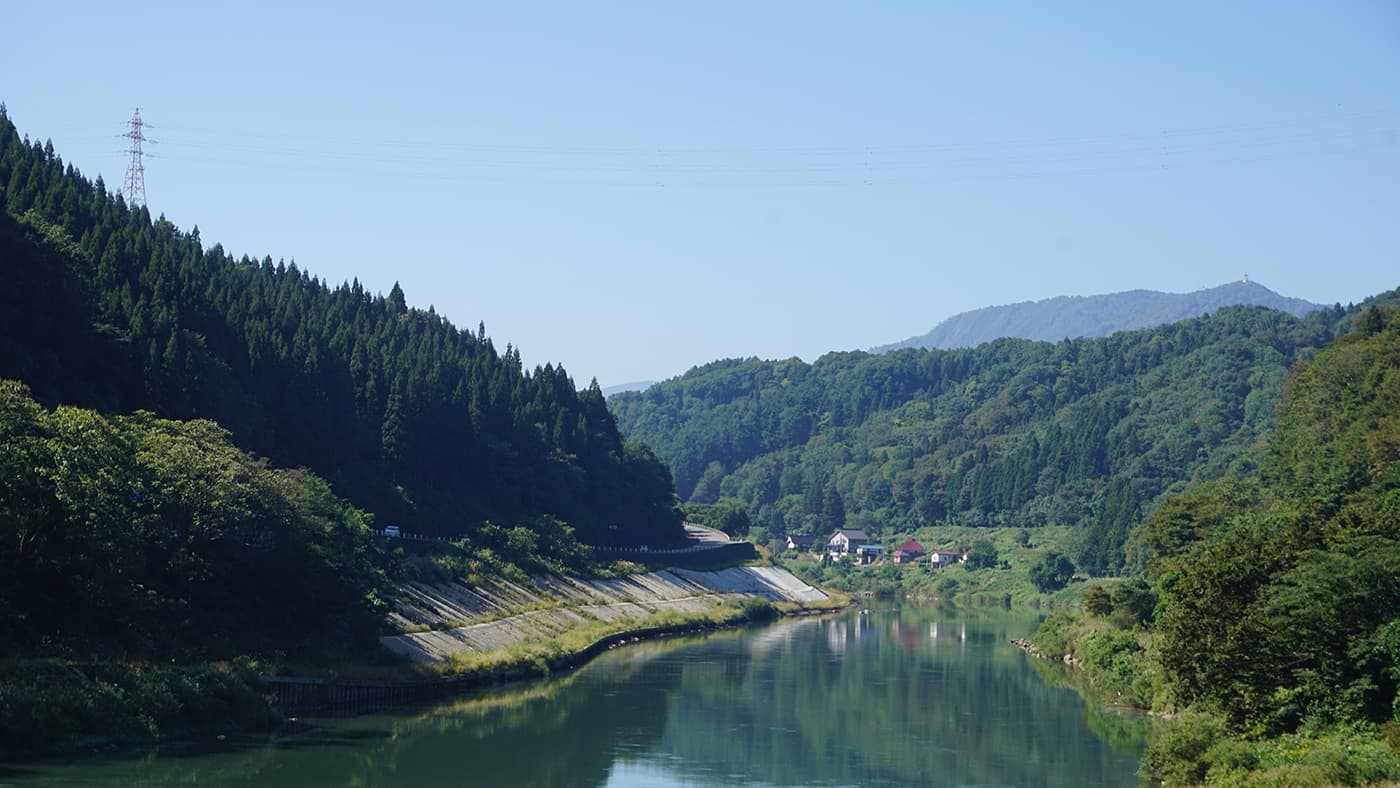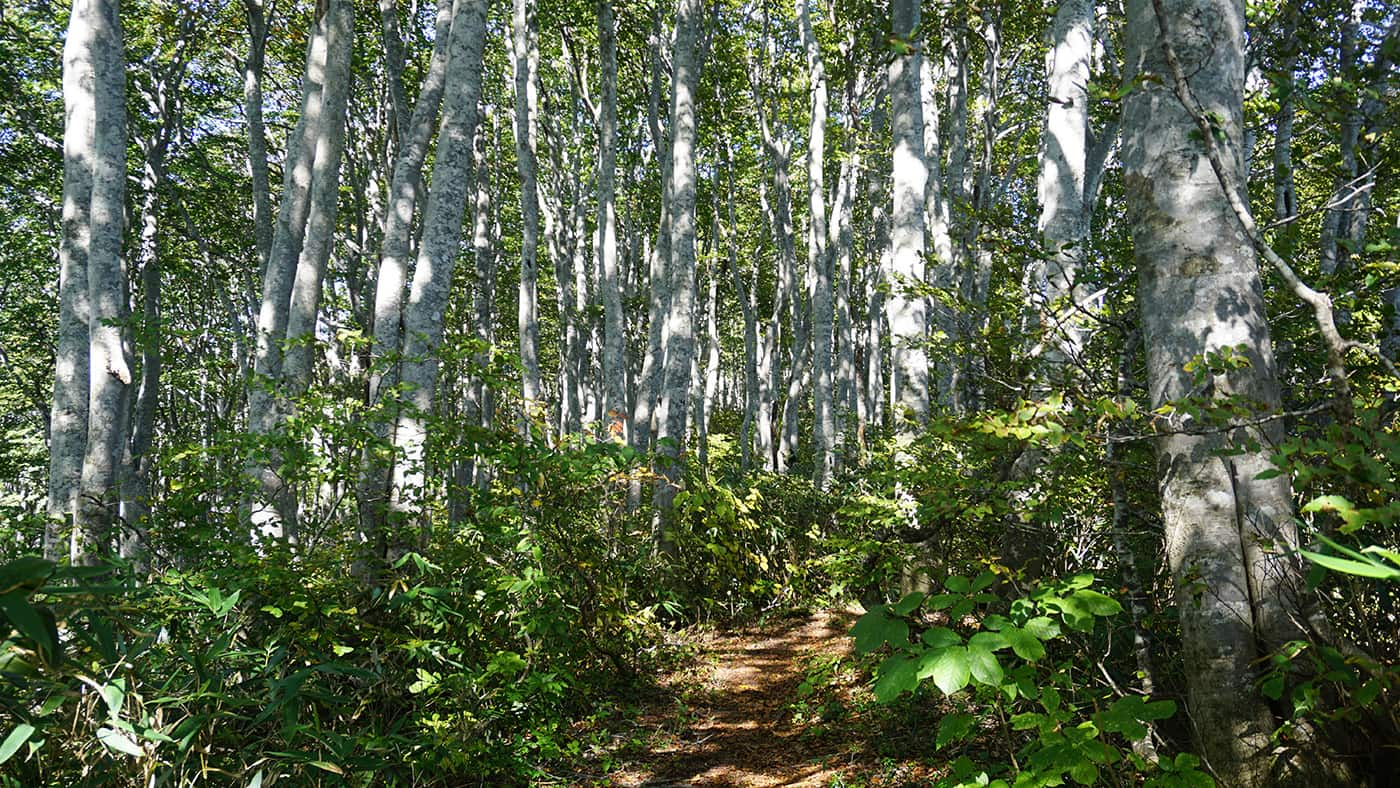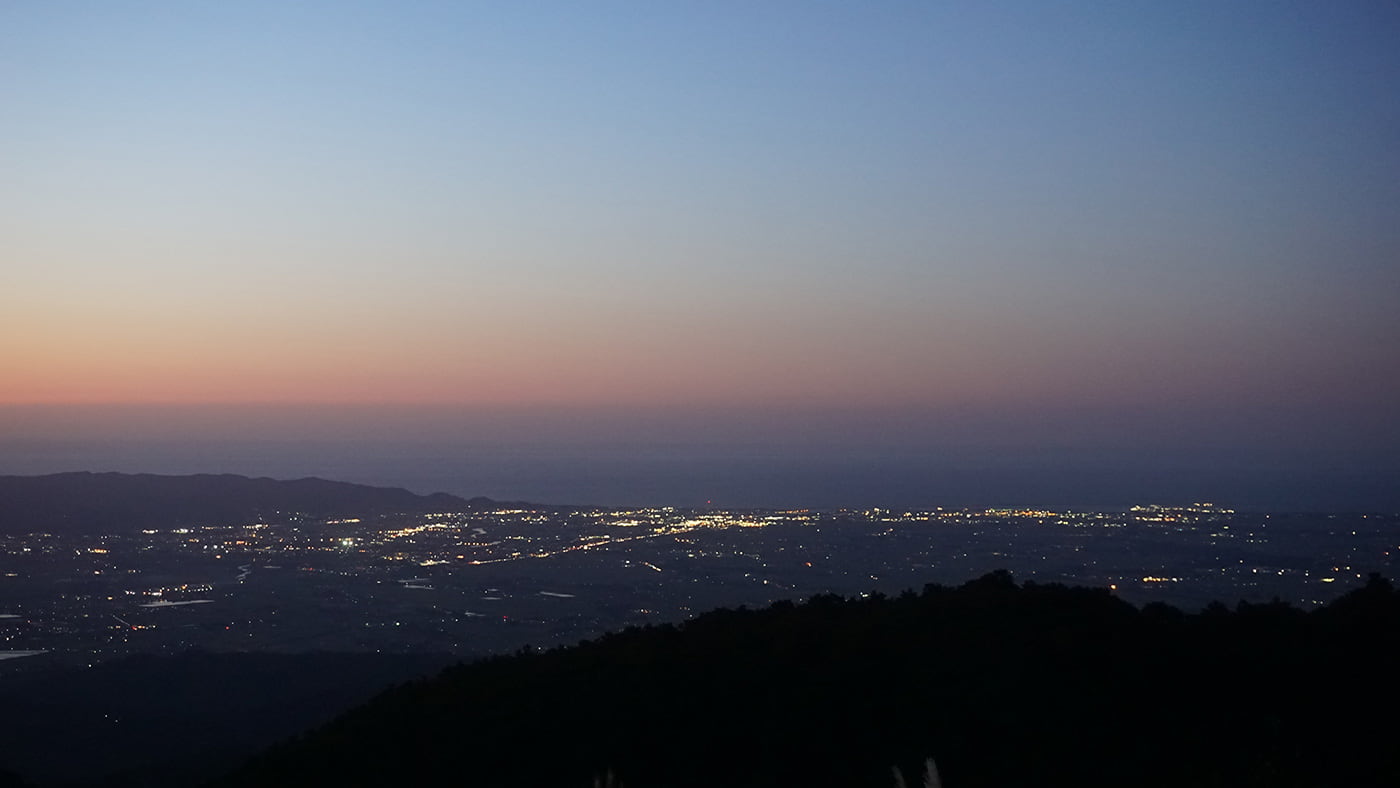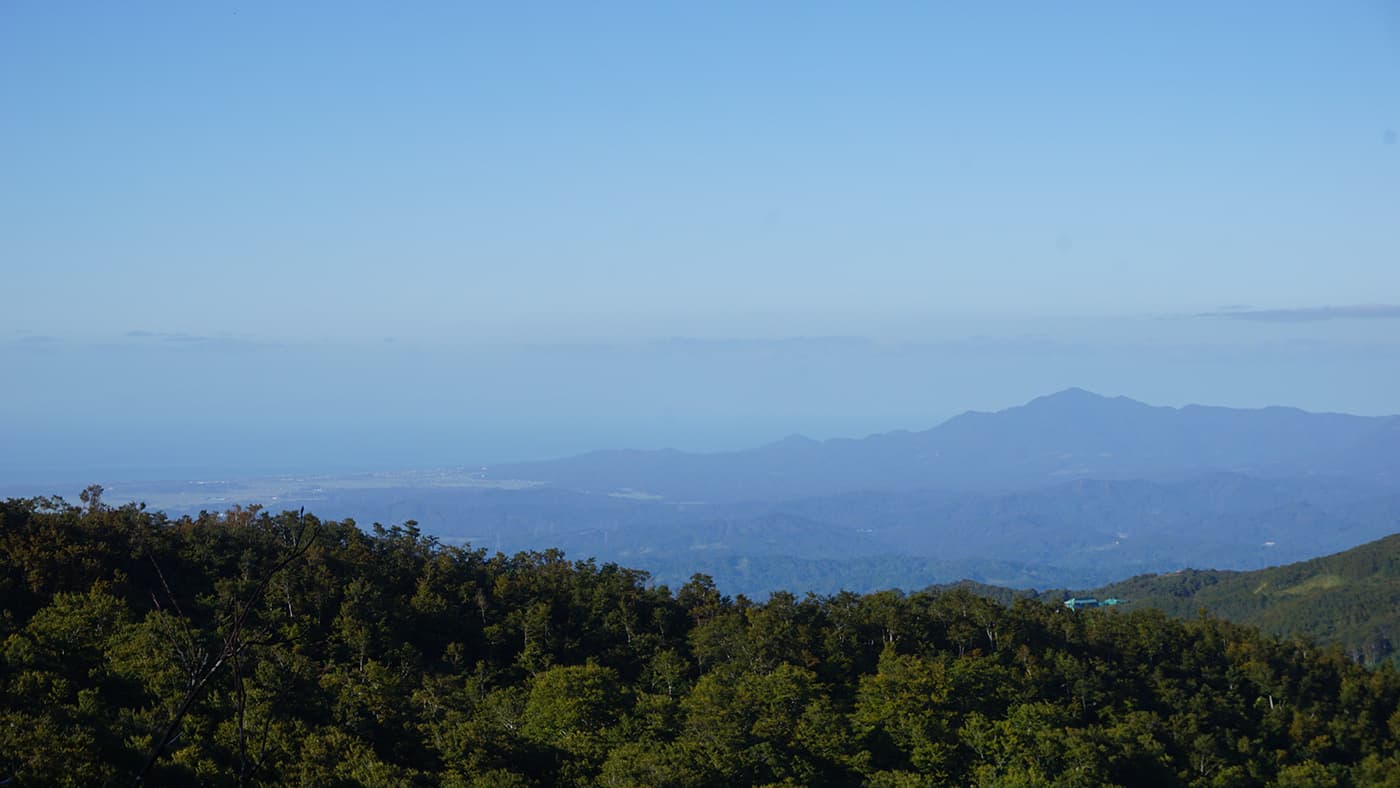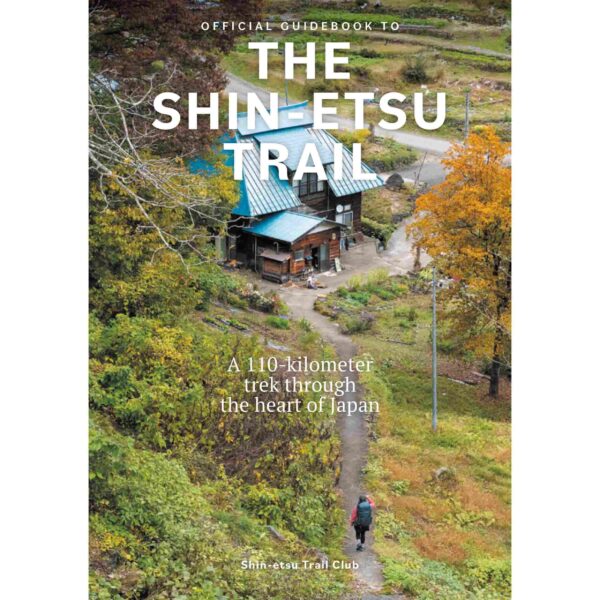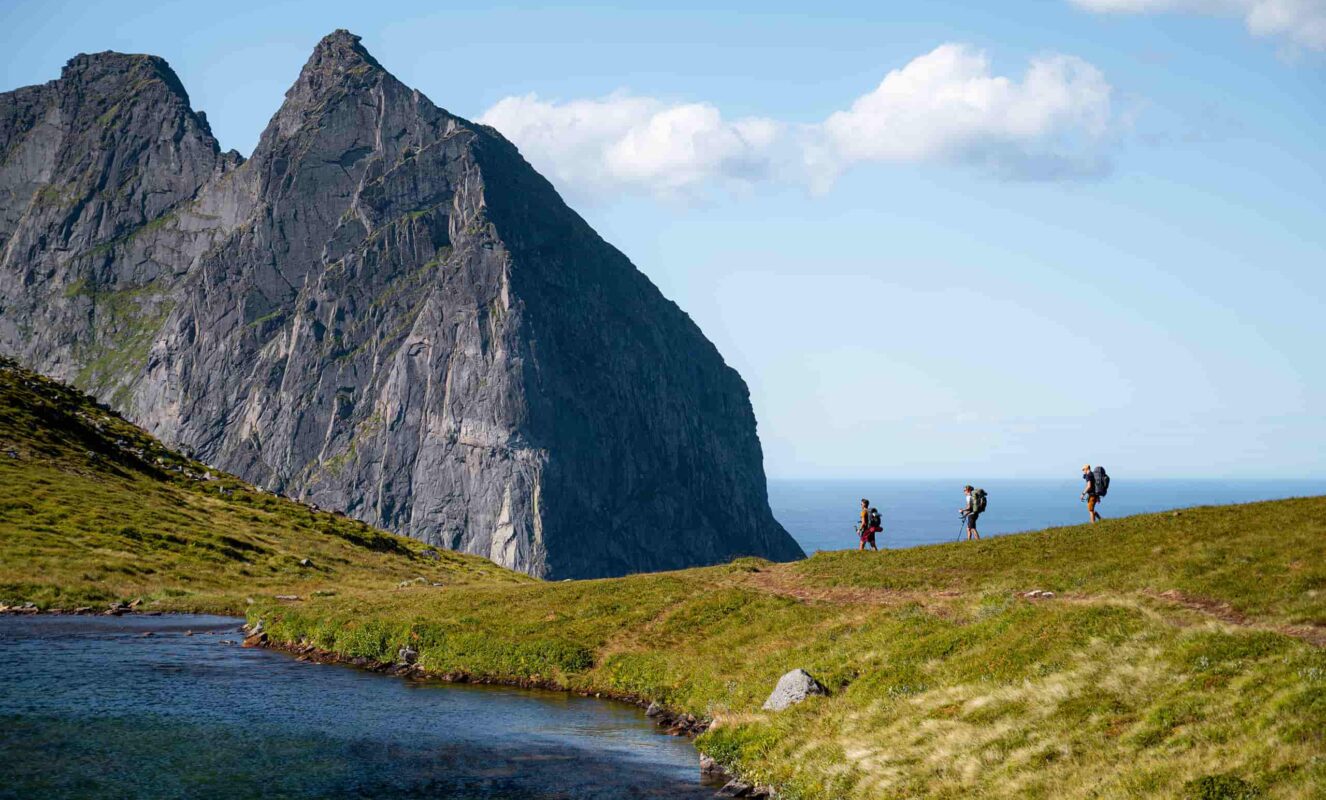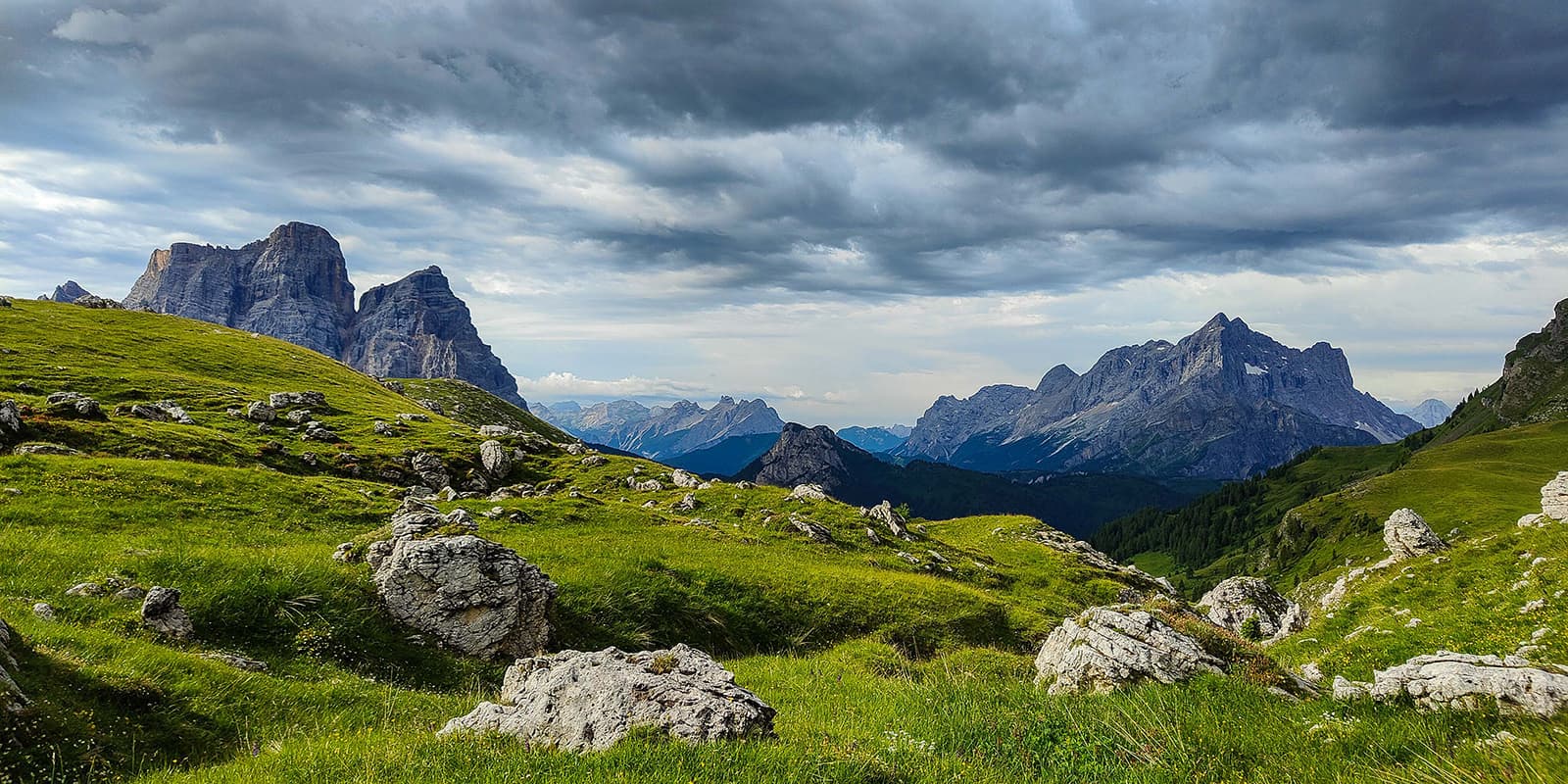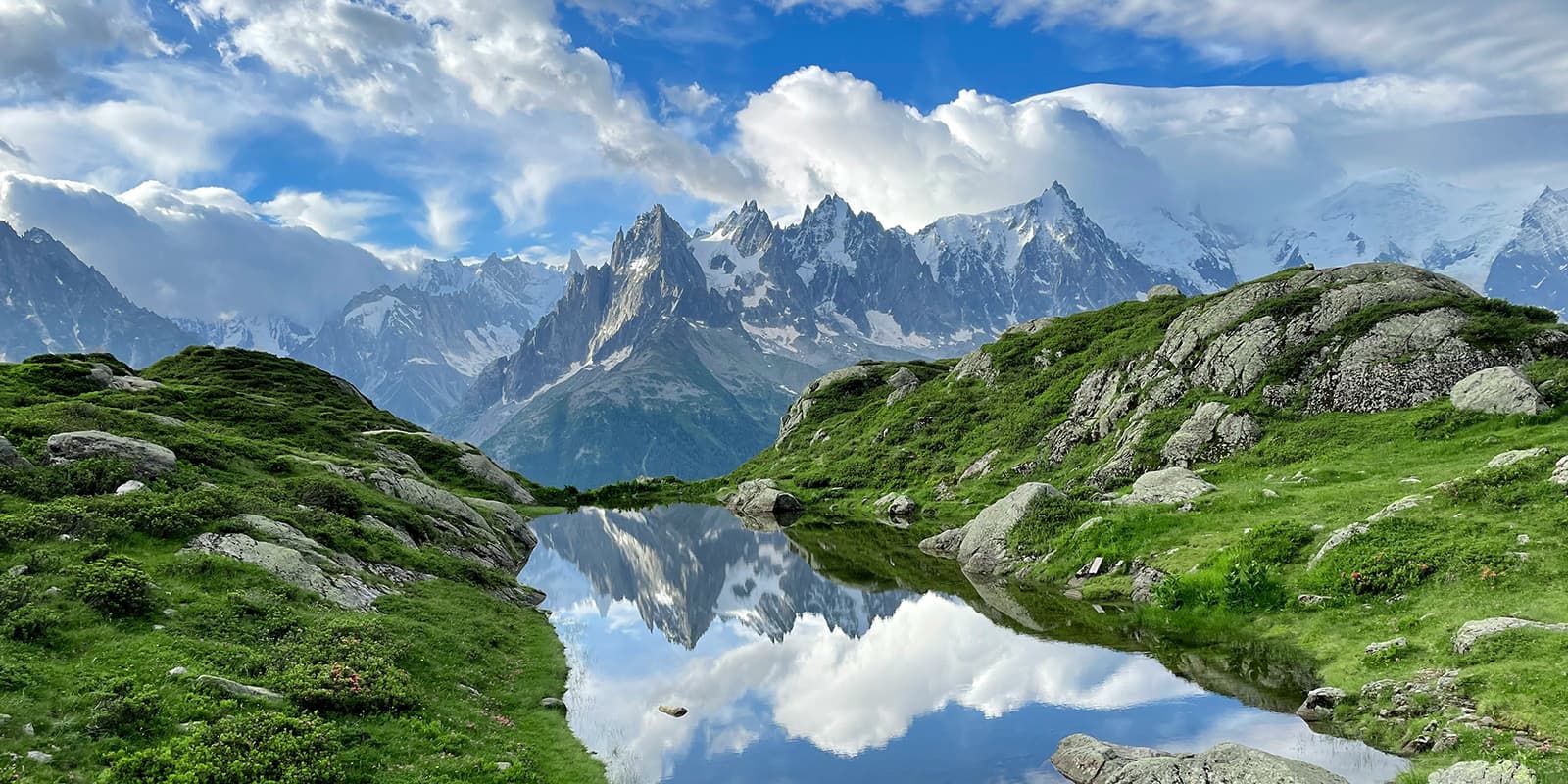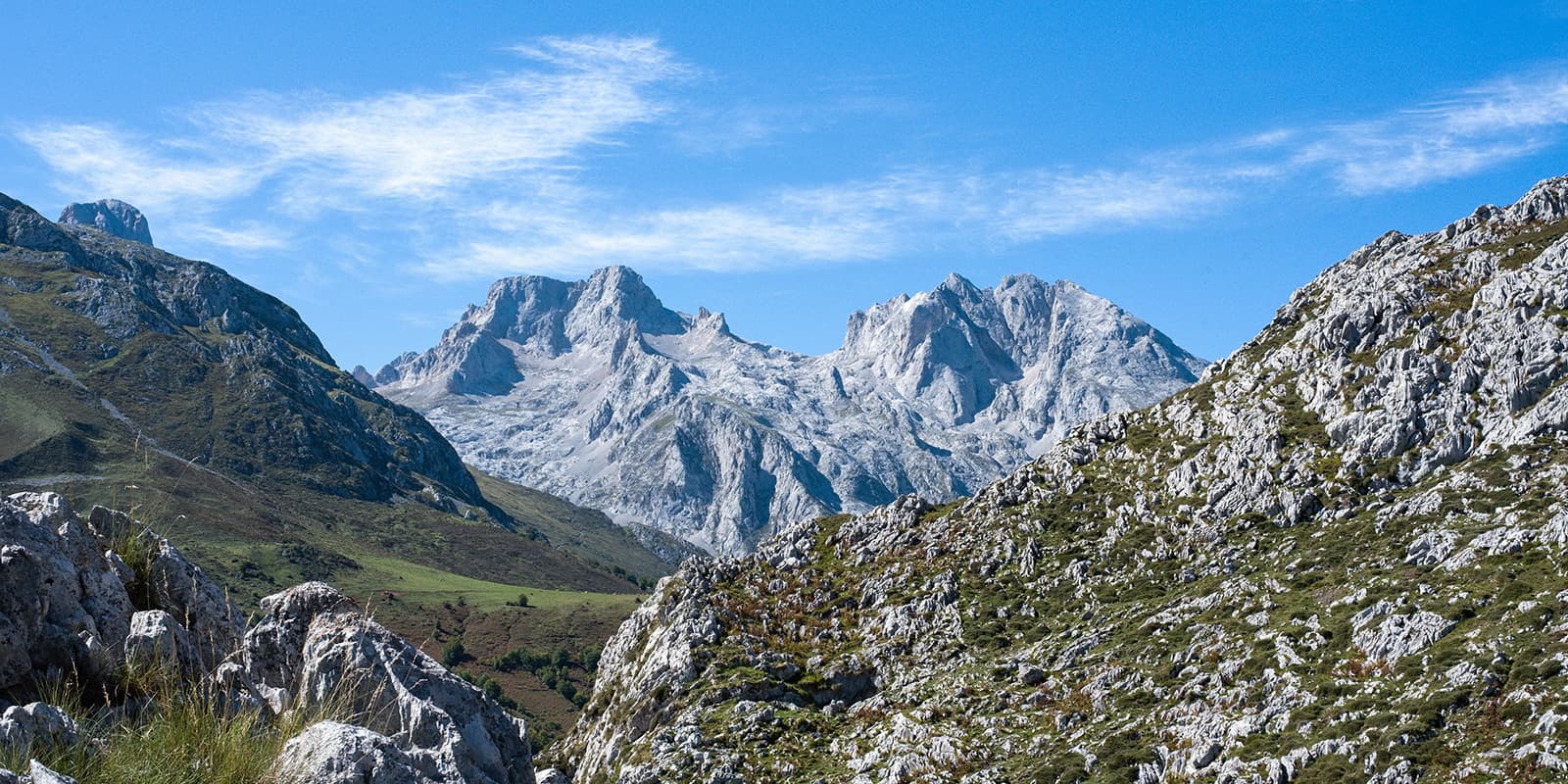As one of Japan’s lesser-known long-distance hiking trails, the Shinetsu Trail is a treat if you’re looking to get away from the country’s more touristic areas. It follows the ridge of the Sekida and Mt. Naeba mountain ranges on the border of the Nagano and Niigata prefectures. And thanks to its continuous elevation of around 1000 meters, the Shinetsu Trail has excellent views of the surrounding area and the Sea of Japan beyond.
The trail mostly follows the ridgeline between several peaks along the Sekida mountain range, after which it turns south to climb up for an unforgettable finale on top of Mt. Naeba. The natural beauty is typical for the Nagano and Niigata prefectures; forested mountainsides covered in dense foliage, the occasional mountain lake or beechwood forest, deep river valleys dotted with small villages, and excellent public transport connections between it all.


